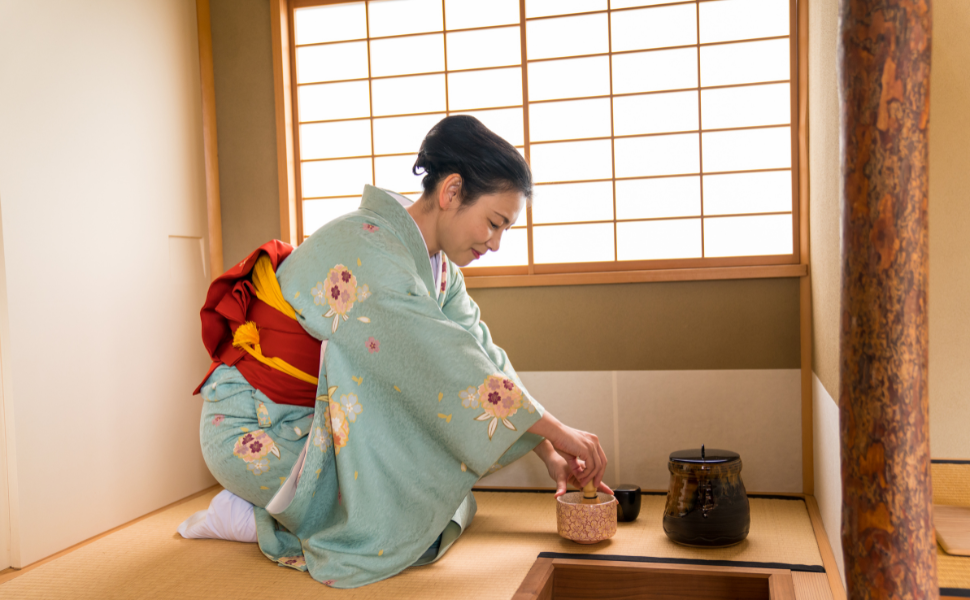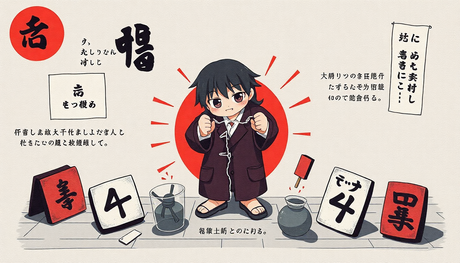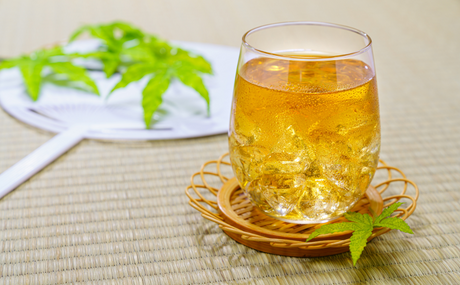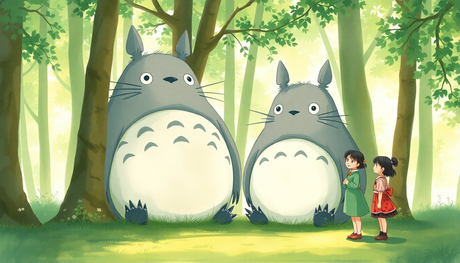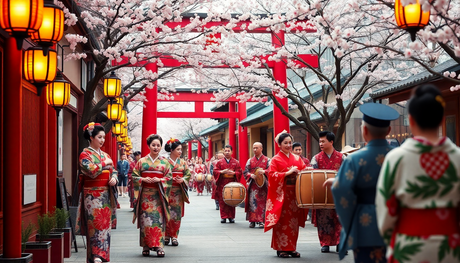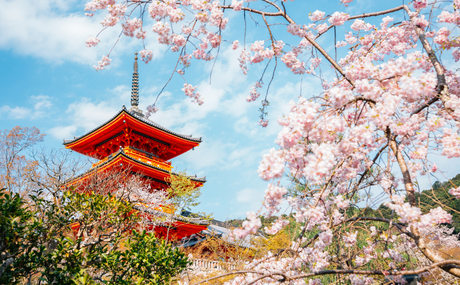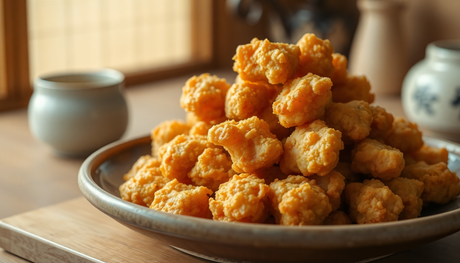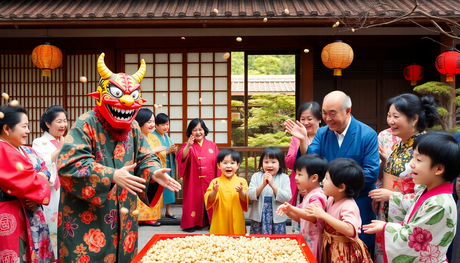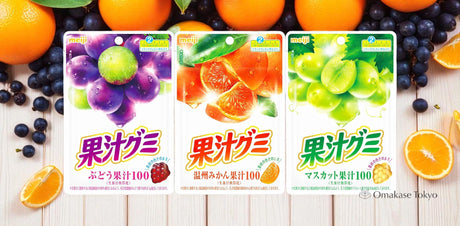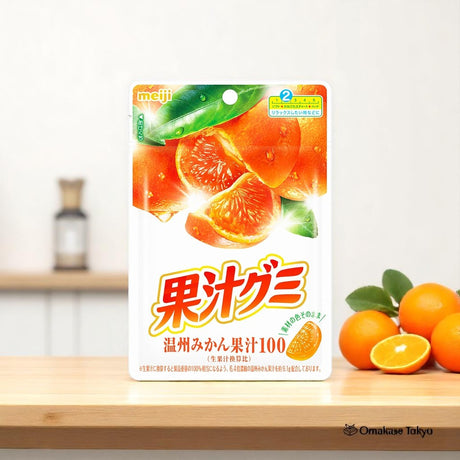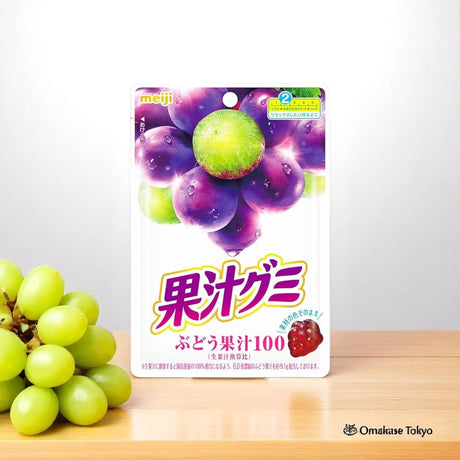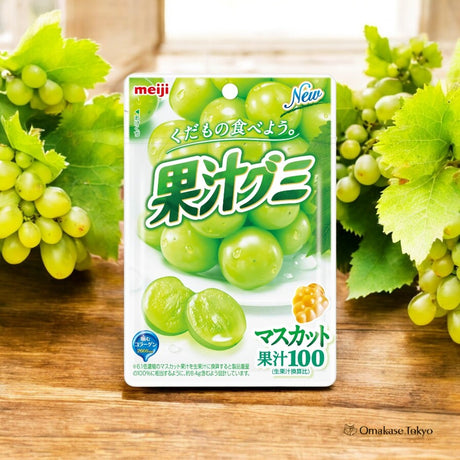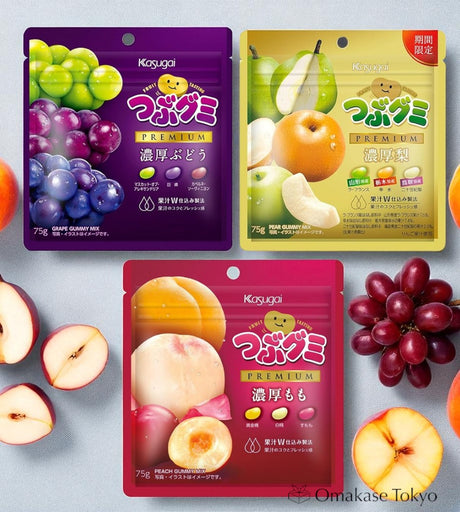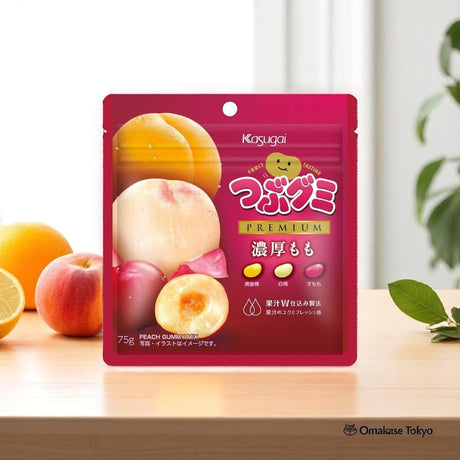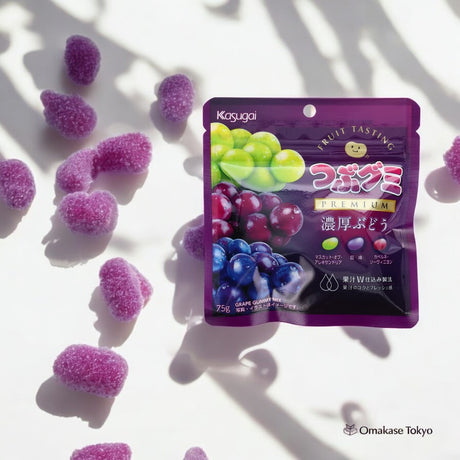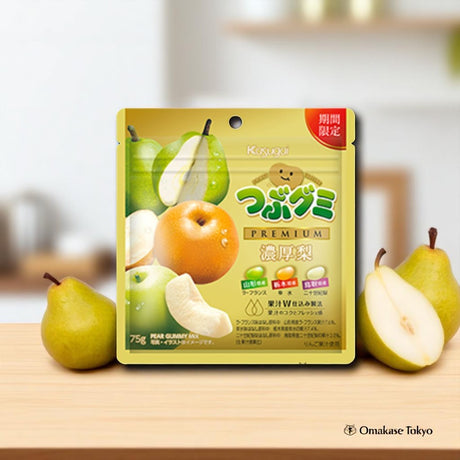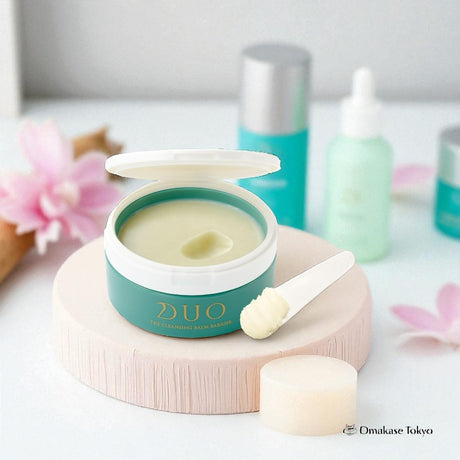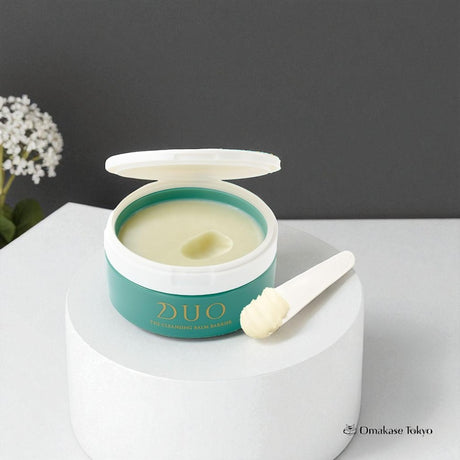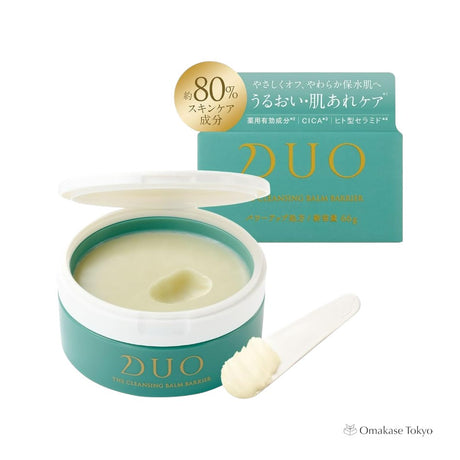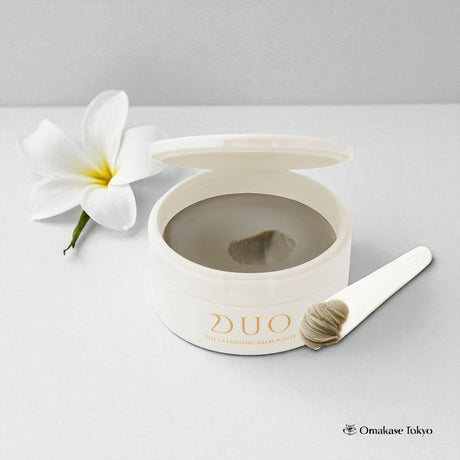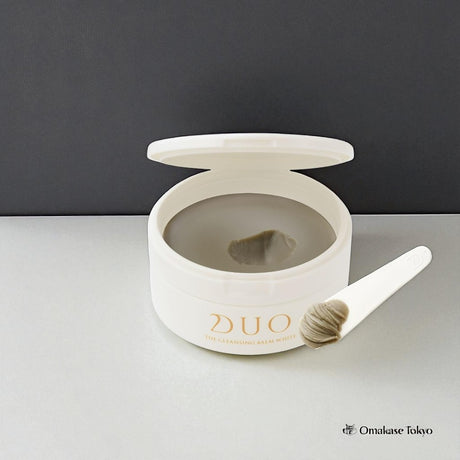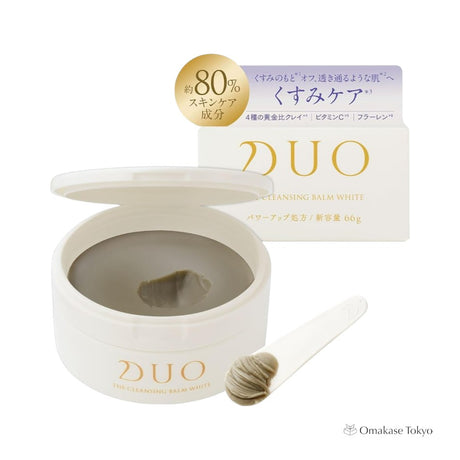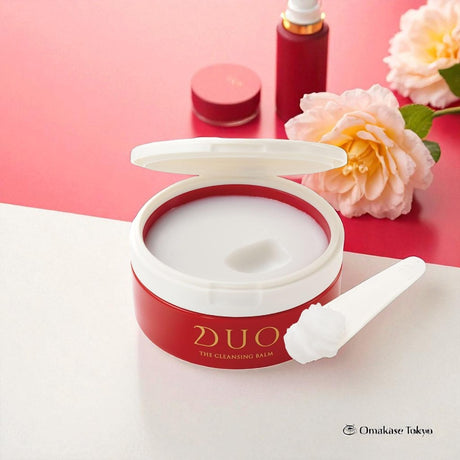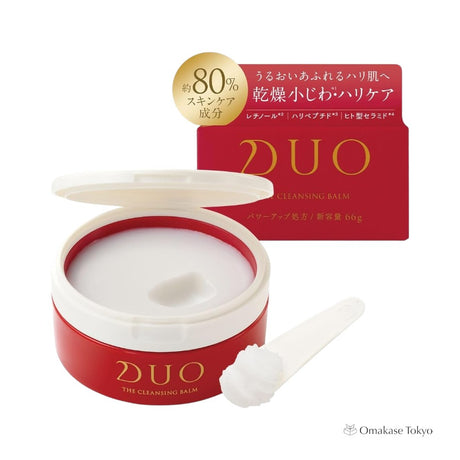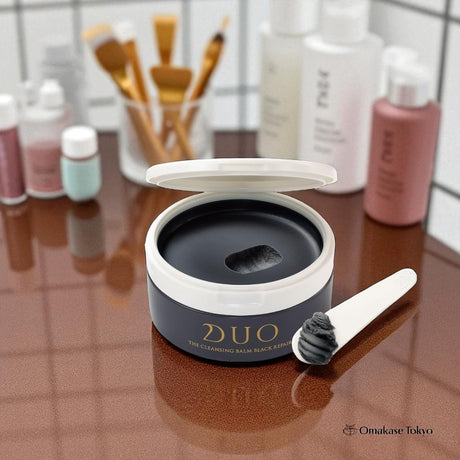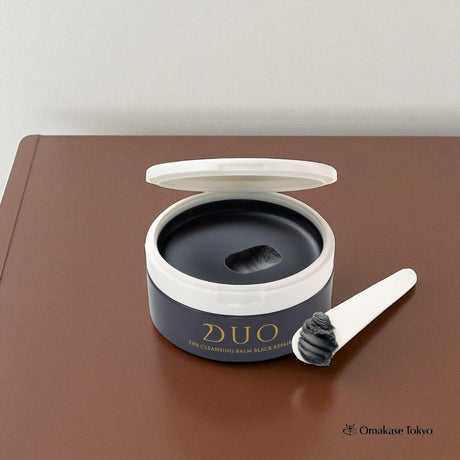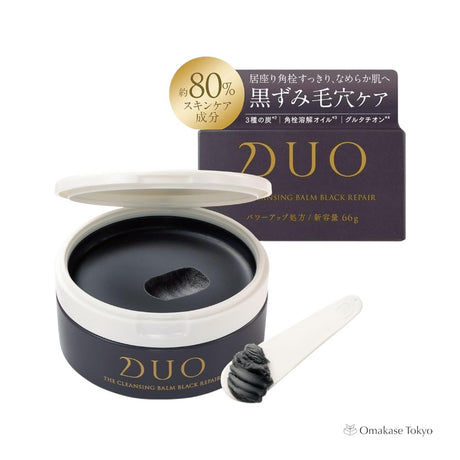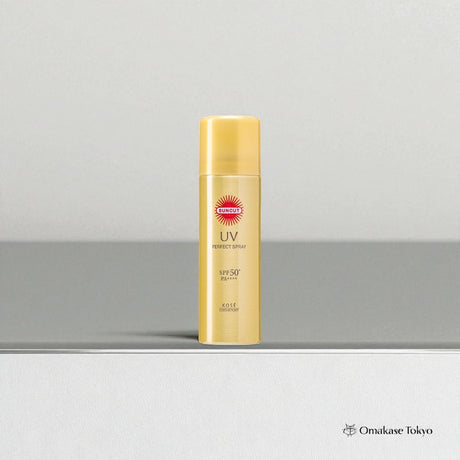Have you ever wondered why Japanese tea feels so calming and special? It’s not just about sipping matcha—it’s about the experience. That’s where Japanese Chadou (茶道), or The Way of Tea, comes in. It’s a beautiful tradition that’s more than 400 years old, and it’s still practiced today with so much love and care.
So, what is Chadou exactly? And why are so many people fascinated by this quiet, simple ritual? Let’s dive into this calming world together.
What Is Chadou?
Chadou (also called Sadou or Chanoyu) literally means "The Way of Tea" in Japanese. It’s a traditional Japanese tea ceremony centered around preparing, serving, and enjoying matcha, or powdered green tea. But don’t think of it like just making a cup of tea in your kitchen. Chadou is a whole art form, and every movement, tool, and word has meaning.
It’s all about mindfulness, respect, harmony, and simplicity. The goal isn’t just to drink tea—it’s to connect with the moment, with the people around you, and with the beauty of everyday life.

A Quick History of Chadou
The roots of Chadou go back to Zen Buddhism and were deeply influenced by Chinese tea culture. But it was in Japan, during the 1500s, that Chadou truly bloomed, thanks to Sen no Rikyuu, the tea master who shaped the tea ceremony into what we know today.
Rikyuu emphasized wabi-sabi, the idea of beauty in imperfection and simplicity. So instead of flashy decorations, Chadou uses earthy ceramics, quiet rooms, and soft lighting. The focus is on finding peace and beauty in small, humble things.
What Happens During a Japanese Tea Ceremony?
A Japanese tea ceremony isn’t fast or casual. It’s slow, intentional, and quiet. Depending on the style and occasion, it can last anywhere from 30 minutes to several hours! Here’s a general idea of what you’d experience:
-
Guests enter the tea room, often after walking through a peaceful garden. This walk helps you leave the outside world behind.
-
You’re invited to admire the tokonoma, a simple alcove with a scroll or flower arrangement chosen just for that day.
-
Light sweets (wagashi) are served first to balance the bitterness of the matcha.
-
The host begins to prepare the tea using traditional tools:
-
Chawan (tea bowl)
-
Chasen (bamboo whisk)
-
Chashaku (tea scoop)
-
Natsume or chaire (tea caddy)
-
-
Every gesture—folding the cloth, pouring the water, whisking the tea—is done with grace and meaning.
-
Finally, each guest drinks the tea slowly, bowing in thanks.
And just like that, you’ve experienced Chadou.
Why Is Chadou Still Practiced Today?
In our fast-paced world, Chadou offers a moment to slow down. It's a quiet escape from screens, stress, and constant noise. Many Japanese people (and even people abroad!) study Chadou to learn about discipline, mindfulness, and grace.
It’s also about hospitality—making your guests feel truly seen and cared for. There’s something really touching about that, don’t you think?
Some schools of Chadou, like Urasenke, Omotesenke, and Mushanokoji-senke, still teach tea ceremony today. They even offer lessons to foreigners, so if you're traveling to Japan or already there, you might be able to try it!

Tools and Symbolism in Chadou
Everything used in the tea ceremony has meaning. It’s not just about utility—it’s about spirit and intention.
-
Chawan (茶碗): The tea bowl. Often hand-crafted, each one is unique. Some are smooth, some rough, all are beautiful in their own way.
-
Chasen (茶筅): The bamboo whisk. It helps create that frothy top on your matcha.
-
Natsume (棗) or Chaire (茶入れ): Containers for the matcha powder.
-
Fukusa (袱紗): A silk cloth used to purify utensils. Even this simple act is done with care.
Each season has different tea bowls, flowers, and scrolls. Everything is chosen to reflect nature and the current moment.
Chadou vs. Everyday Matcha
You might be thinking, "I drink matcha lattes at home—does that count?" Well, kind of... but not really. Chadou isn’t about the drink itself, it’s about the ritual and mindset.
That said, if drinking your daily matcha helps you slow down and feel grounded, you’re already practicing a tiny bit of the Way of Tea! Try turning off distractions next time, take a breath, and enjoy the process. You’ll see how even tea can become a form of meditation.
Final Thoughts: Why You Should Try Chadou
Even if you don’t live in Japan or have access to a tea room, learning about Chadou can change how you see your daily life. It teaches us to:
-
Appreciate the present moment
-
Find beauty in simplicity
-
Treat everyday actions with care
In a world that moves too fast, Chadou reminds us that peace and joy can be found in something as simple as a warm bowl of tea.
So next time you drink matcha—or any tea—try doing it a little more slowly, a little more mindfully. You just might find a little piece of Japan’s quiet wisdom in your cup.

